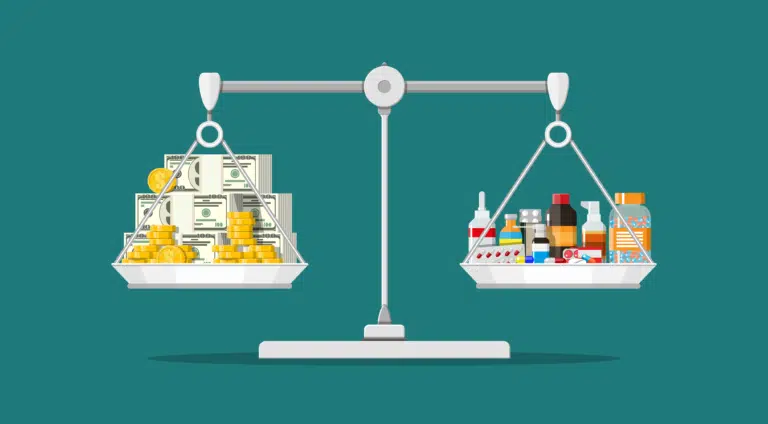What is Patient Navigation?
The basic definition of patient navigation is the process of leading a person through the healthcare system in some way. Patient navigators are tasked with helping individuals find the care they need and ensuring their best outcome. Patient navigation is not just for guiding a person through healthcare, though. It can also be a helpful tool to enable individuals to use their health plans more efficiently.
Why Is Patient Navigation Important?
No matter the context, patient navigation is critical for multiple reasons. The core of the process is providing people with the information they need to make important decisions. It starts with basic questions such as “What should I do about this throat pain?”, “Should I bring my child to the ER?”, and common questions like this where we all wish we had a doctor next door. Beyond acute concerns it expands to how can a person know where to find a provider, for example, that meets their specific health goals and needs? Who can best advise me about general health, or about chronic conditions? In this way, proper navigation helps individuals to get the type and level of care they need at the right time. That impacts outcomes.
Should I bring my child to the ER?
However, there are other benefits to patient navigation as well. For example, the proper system can help to increase patient engagement. Engagement refers to the numerous ways a patient interacts with their caregivers or their health plans. Long gone are the days where engagement is nothing more than a bill in the mail. Today, engagement means finding various ways to connect with patients through email, text messages, and phone calls. It also means encouraging them to come back for follow-up care or regular wellness checks by forming a valuable relationship with them.
Patient navigation also helps to ensure people get the care they need where it is best suited for them, but also where it is financially sensible. For example, it may provide help to direct a person on how to get help for a current health condition. That may help keep a person out of an expensive emergency room and in the hands of a provider who can often provide a better level of care for their needs.
Solving Information Gaps Reduces Costs
The main benefit of patient navigation is helping to resolve common gaps in information. A lack of information often limits a person from knowing what action to take when they need care. It may limit them in knowing what their health plan covers or which providers cost less to use. The right tools can help to answer many of those important questions.
That helps improve the performance of health plans, especially in the area of risk contracts. The goal is to guide patients to the proper clinical access points they need that can provide them with better costs and often better health outcomes. This is an incredibly valuable service that can help many people make better decisions about their health.
The Right Solutions Are Data Driven
How can a patient navigation system make a big difference like this? Often, it relates specifically to the way navigators operate and the type and amount of information they work to obtain. For example, some organizations are very data driven. That means they can gather information from multiple resources that can provide real-time solutions quickly.
A data-driven solution helps ensure that the care path selected really is the best choice for the patient, both from a standpoint of health and costs. Ultimately, a health plan needs to meet patient needs and provide satisfaction to them. With improved insight from data that takes into account history, risk factors, treatments and more, that’s possible.
Key Factors to Consider When Choosing a Navigation Resource
Patient navigators are a component of the process, helping determine clear paths to get the individual care that is right for patients. Guiding to the appropriate level of care is determined by this human factor plus robust data, ensuring that the level of care escalates at the right level.
For any organization that wants to improve patient satisfaction, it is critical to show them what they are investing in through their health plan. That is, it is critical to ensure they know what resources are available, guide their use, and how to get the appropriate level of care for their specific needs based on the current conditions.

CareHive Excels at Patient Navigation
CareHive helps many organizations navigate through this process.
Contact us today to get started.





